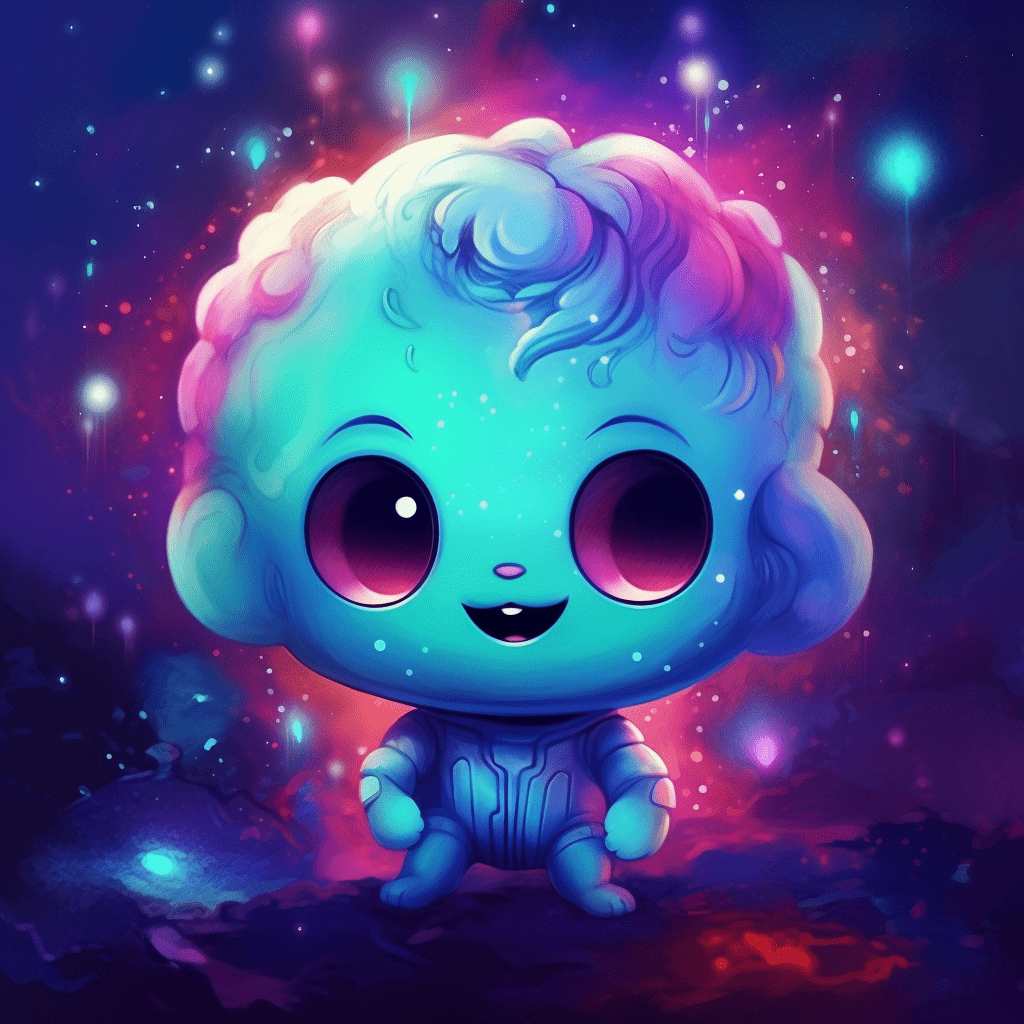Non-fungible tokens (NFTs) have taken the digital art world by storm, offering creators and collectors a new way to buy, sell, and trade unique digital assets. If you’re considering starting your own NFT collection, it’s essential to grasp the technical aspects of creating, minting, and managing these digital assets. In this article, we’ll explore the technical side of starting an NFT collection, from choosing the right blockchain platform to minting and listing your NFTs.

Selecting a blockchain platform
The first step in creating an NFT collection is choosing the blockchain platform that will host your digital assets. Ethereum is currently the most popular choice for NFTs, but other platforms like Binance Smart Chain, Flow, and Tezos also support non-fungible tokens. When selecting a platform, consider factors such as transaction fees, network congestion, and the platform’s overall popularity within the NFT community.
Creating digital assets
Your NFT collection is only as good as the digital assets it contains. High-quality, unique, and engaging digital assets are more likely to attract attention and interest from collectors. Create digital art, music, videos, or any other form of digital content that can be tokenized as an NFT. Remember to consider intellectual property rights and ensure you have the appropriate permissions to use any copyrighted material in your NFTs.
Token standards and smart contracts
NFTs are built on token standards, which are predefined sets of rules and functions that govern how the tokens behave on a particular blockchain. For example, Ethereum’s ERC-721 and ERC-1155 standards are widely used for creating NFTs. These token standards outline how your NFTs are minted, transferred, and managed on the blockchain.
Smart contracts are self-executing contracts with the terms of the agreement directly written into code. They control the minting, trading, and ownership of your NFTs. When creating your NFT collection, you’ll need to develop or use existing smart contracts that adhere to the chosen token standard. Many platforms offer pre-built smart contracts or templates to simplify this process.
Minting your NFTs

Minting is the process of creating a new NFT on the blockchain. During this process, the digital asset is associated with a unique token ID, which is then stored on the blockchain. Minting can be done through various tools and platforms, depending on the chosen blockchain. Some platforms offer user-friendly interfaces for minting, while others may require more technical knowledge.
Keep in mind that minting NFTs typically involves a gas fee, which is the cost of processing the transaction on the blockchain. These fees can vary depending on network congestion and the blockchain platform you’re using.
Listing your NFTs on a marketplace
Once your NFTs are minted, the next step is to list them on a marketplace where collectors can discover, purchase, and trade them. There are numerous NFT marketplaces, such as OpenSea, Rarible, and Foundation, each catering to different niches and communities. Choose a marketplace that aligns with your target audience and supports the blockchain platform on which your NFTs are minted.
To list your NFTs, you’ll need to create an account on the chosen marketplace, connect your digital wallet, and follow the platform’s guidelines for listing your tokens. Some marketplaces may charge a fee for listing or selling your NFTs, so be sure to familiarize yourself with the platform’s fee structure.
Promoting and managing your collection
With your NFT collection minted and listed on a marketplace, it’s time to promote your work and engage with potential collectors. Utilize social media, online forums, and NFT communities to showcase your collection and build a following. Engaging with your audience through social media platforms, live streaming, and hosting events or giveaways can help create buzz around your NFT collection.
Understanding royalties and secondary sales
One of the significant benefits of NFTs for creators is the ability to earn royalties on secondary sales. Most NFT platforms and marketplaces support royalty features, allowing creators to receive a percentage of each resale of their NFTs. When setting up your NFT collection, ensure that you establish the royalty percentage you wish to receive from secondary sales. This ensures a continuous revenue stream for creators even after the initial sale of their NFTs.
Keeping up with NFT trends and regulations
The NFT space is continuously evolving, and staying informed about the latest trends, technologies, and regulations is crucial for a successful collection. Engage with NFT communities, follow industry news, and attend events to stay up-to-date and adapt your collection as the landscape evolves.
Securing and managing your digital wallet
A digital wallet is essential for managing your NFTs and conducting transactions on the blockchain. Ensure you choose a secure and reputable wallet, such as MetaMask or Trust Wallet, to store and manage your NFT assets. Keep your wallet’s private key and seed phrase safe and secure, as losing access to your wallet could result in the loss of your NFTs.
Conclusion

Starting an NFT collection requires a solid understanding of the technical aspects, from blockchain platforms and smart contracts to minting and listing your digital assets. By mastering these technical components, you’ll be well-prepared to create, launch, and manage a successful NFT collection that captures the attention of collectors and generates revenue through sales and royalties. Stay informed, be creative, and engage with the community to make the most of your NFT journey.
